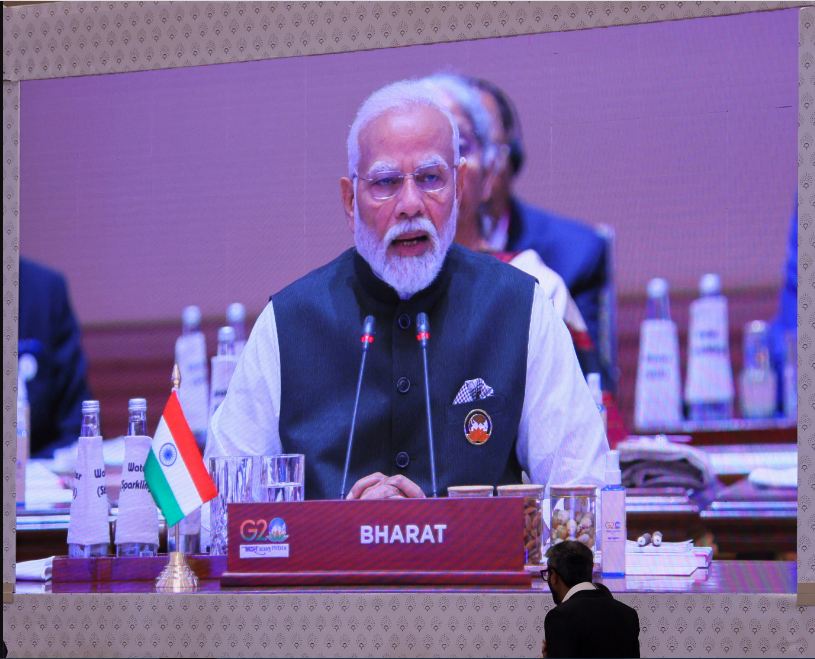Saudi Arabia may cut light crude prices to Asia in February
Singapore (Reuters) – Saudi Arabia, the world’s biggest oil exporter, may cut the prices of its light crude grades sold to Asia in February on signs of slowing demand ahead of the region’s peak refinery maintenance season, six trade sources said on Monday.
The official selling price (OSP) of flagship Arab Light crude in February could fall by 20-30 cents a barrel, four of six respondents in a Reuters survey said. State oil company Saudi Aramco raised the Arab Light OSP to the highest in six years in January, the fourth month of increases.
Aramco may cut the OSP as the price structure for Middle East crude benchmark Dubai indicated falling crude demand in February as cargoes loading that month are likely to arrive when Asian refineries begin shutting for maintenance in March, the sources said.
The average backwardation between the first and third month cash Dubai price so far this month narrowed by 15 cents from the previous month, Reuters data showed. In a backwardated market prompt prices are higher than those in future months.
The OSPs are also likely to drop as the gross product worth, which measures the value of a crude in terms of the fuels it yields after refining, for Saudi oil grades are lower than last month because of falling refining margins, one of the respondents said.
“Refining margins are under pressure,” he said.
Arab Extra Light may see a bigger price cut in February after naphtha cracks weakened this month, the sources said.
However, firm demand for January-loading cargoes and rebounding fuel oil margins will support the OSPs for heavier Saudi oil, they said.
Most of the survey respondents expect the February OSP for Arab Medium to remain unchanged or drop slightly while the view was split between an expected price hike and price cut for Arab Heavy.
Supplies of these grades could remain tight as demand from new Chinese refineries will continue to rise in 2020 even as Saudi Arabia and Kuwait are working on resuming output from their joint production in the Neutral Zone between them.
Saudi crude OSPs are usually released around the fifth of each month, and set the trend for Iranian, Kuwaiti and Iraqi prices, affecting more than 12 million barrels per day (bpd) of crude bound for Asia.
Saudi Aramco sets its crude prices based on recommendations from customers and after calculating the change in the value of its oil over the past month, based on yields and product prices.
Saudi Aramco officials as a matter of policy do not comment on the kingdom’s monthly OSPs.



